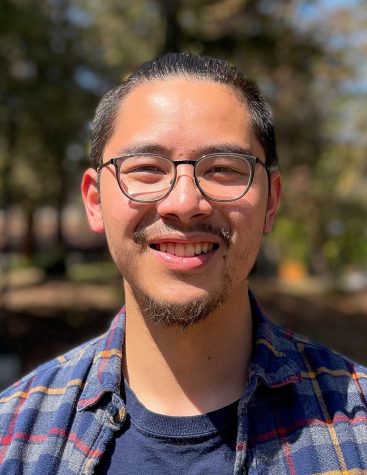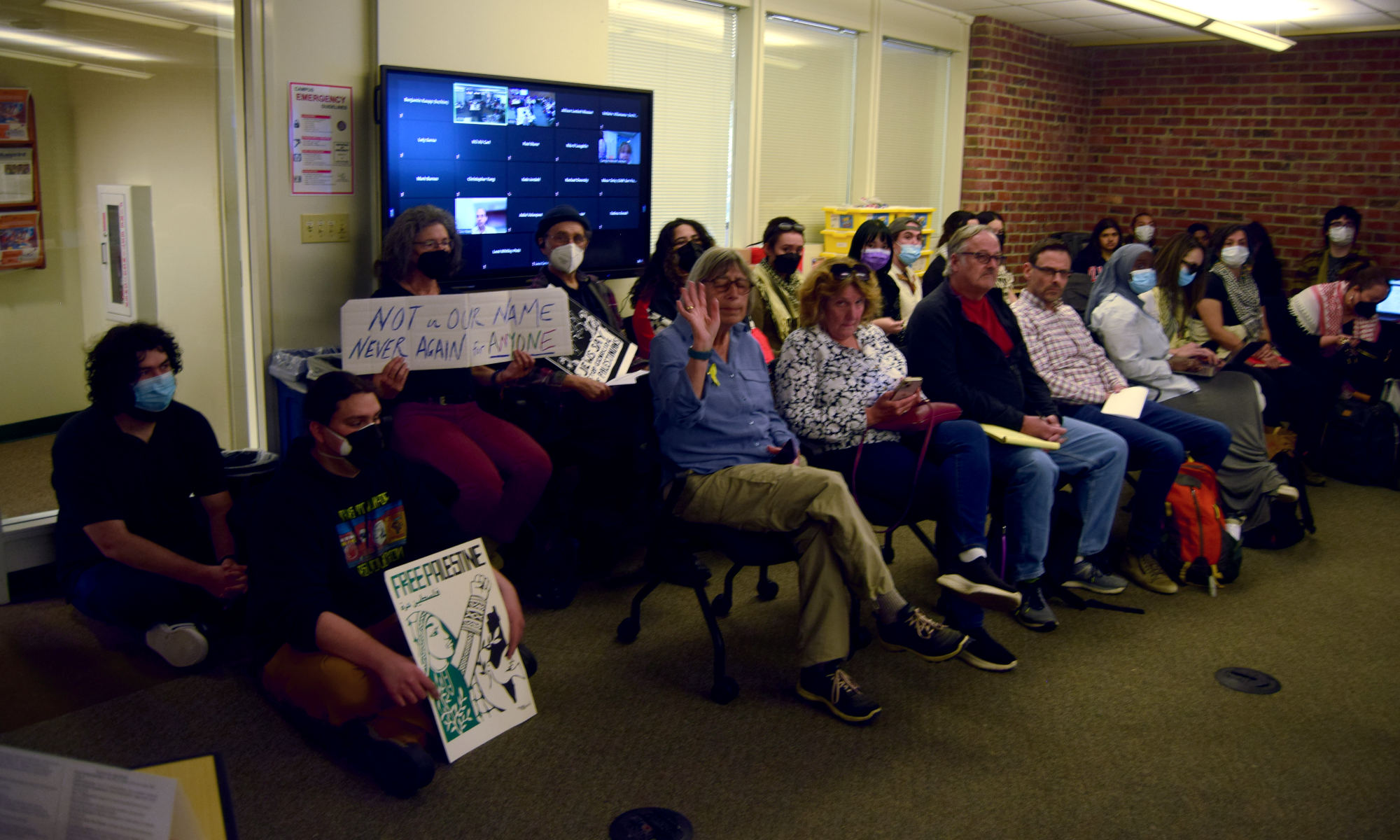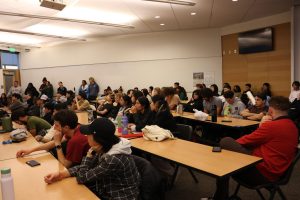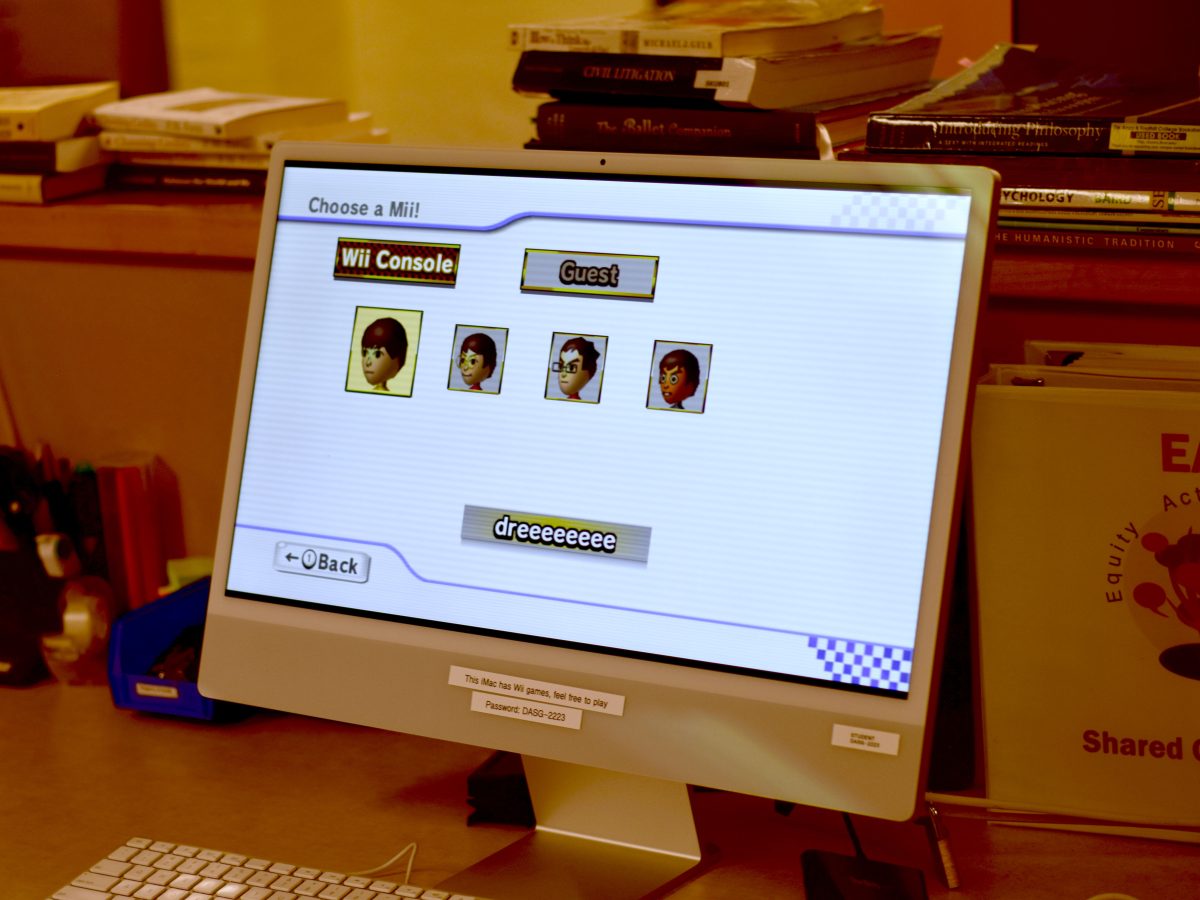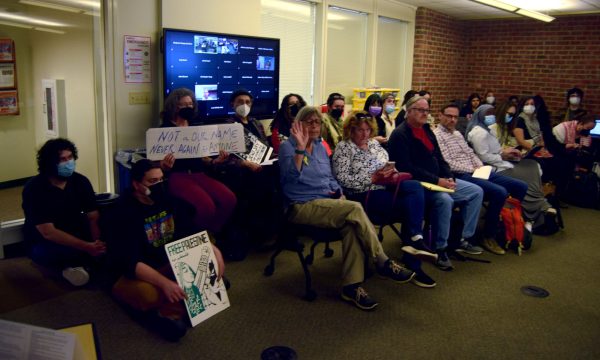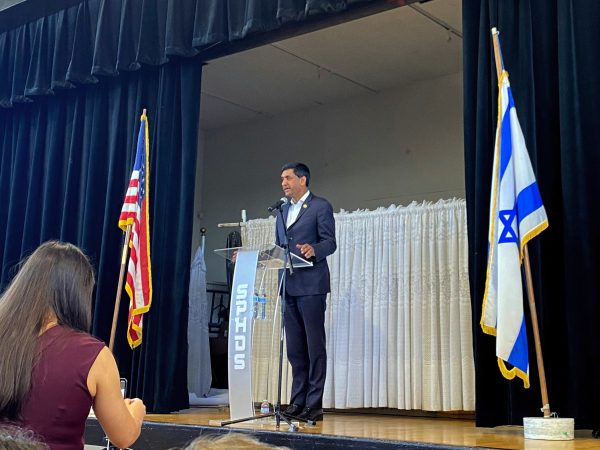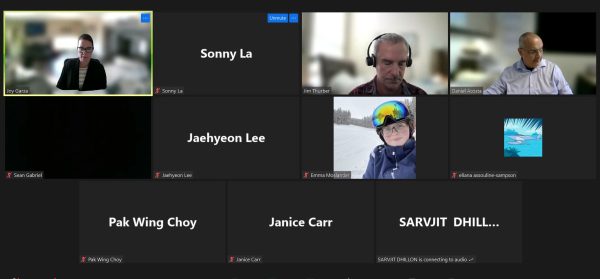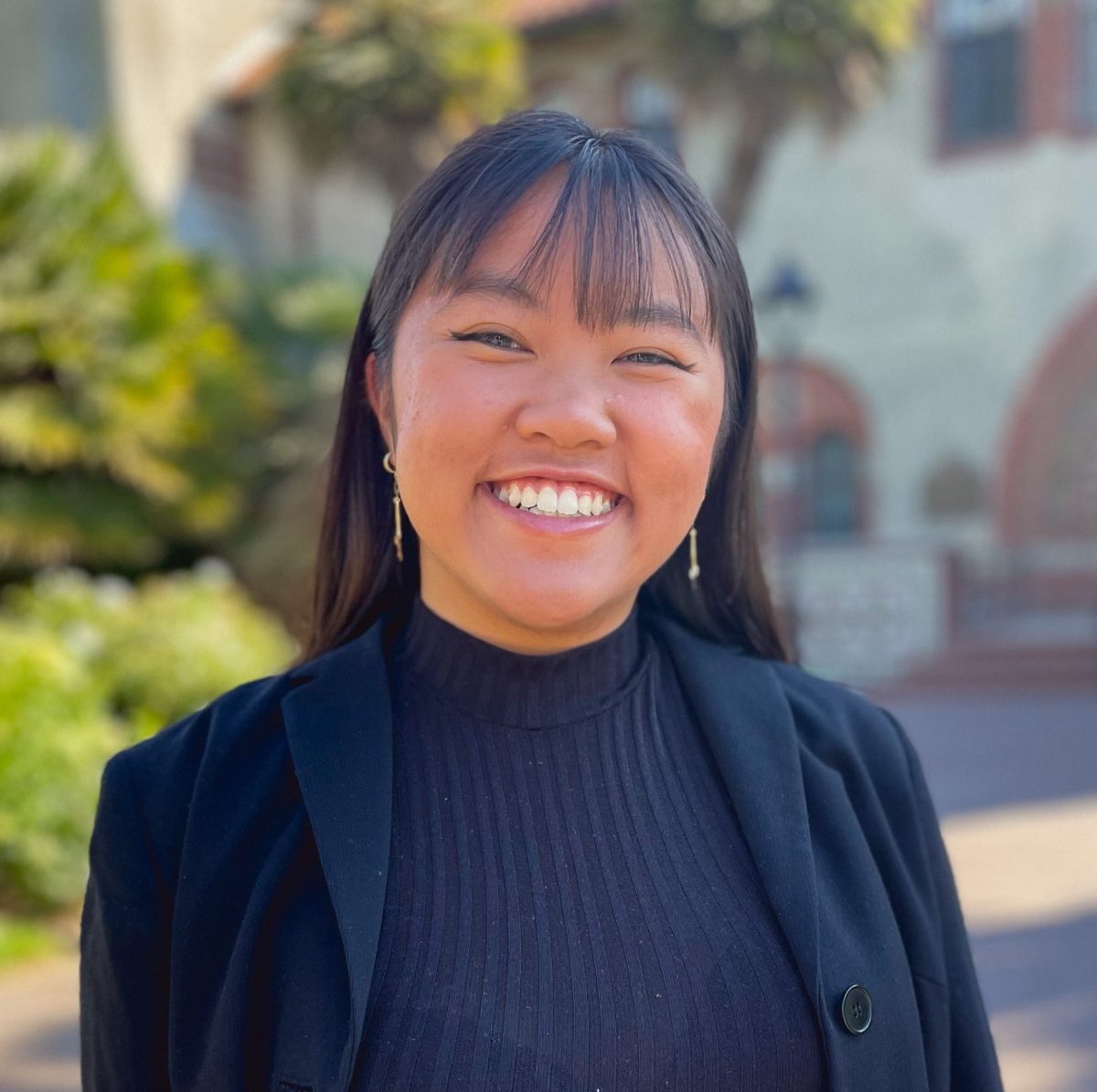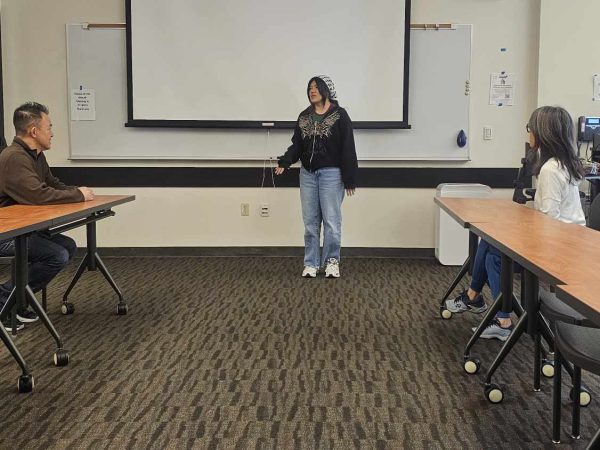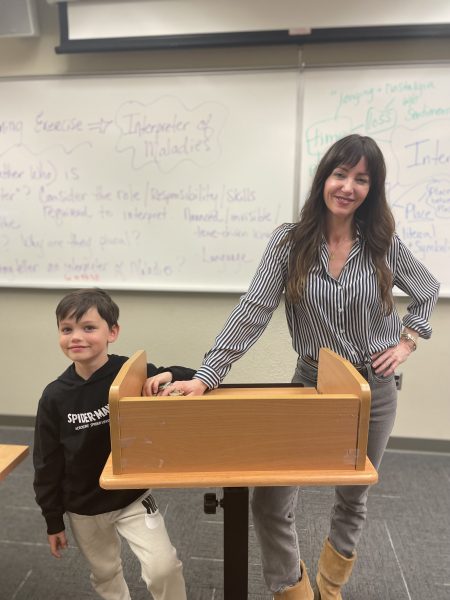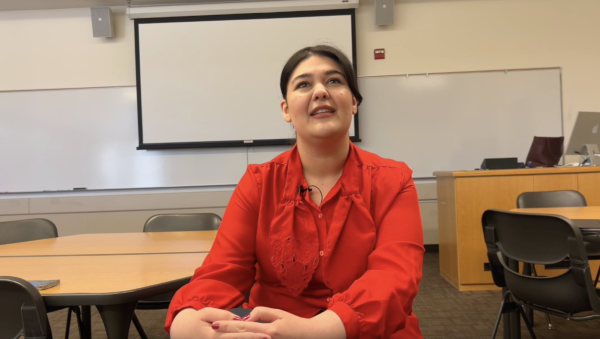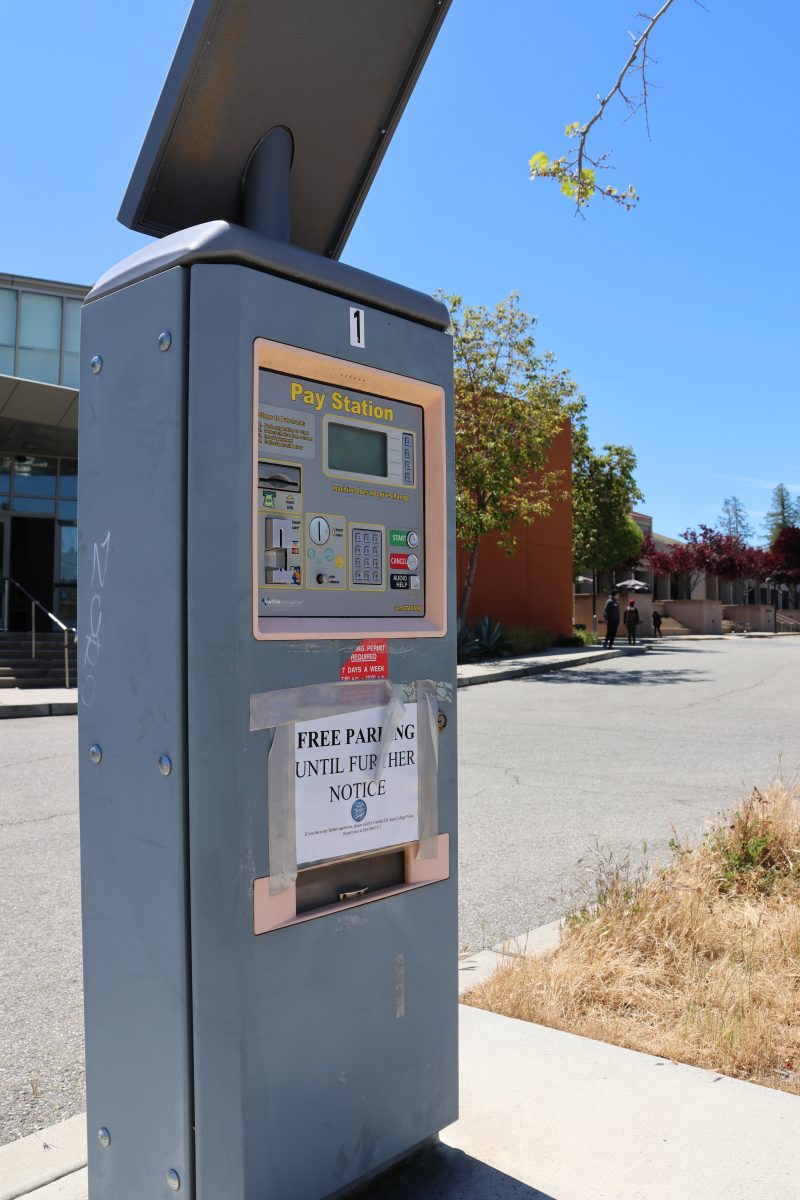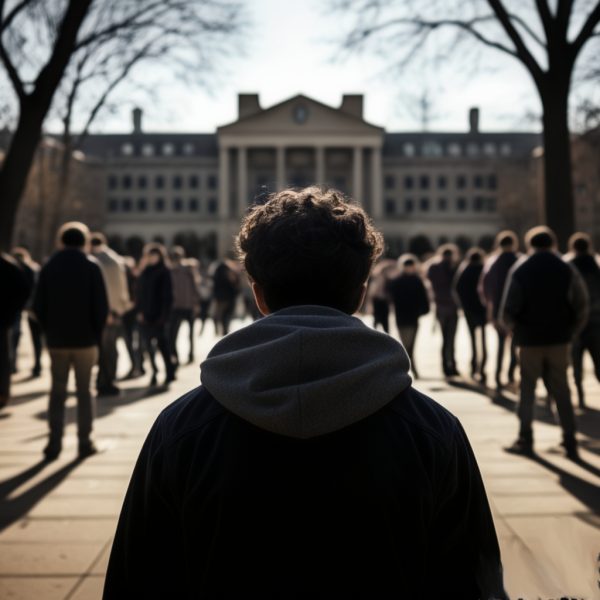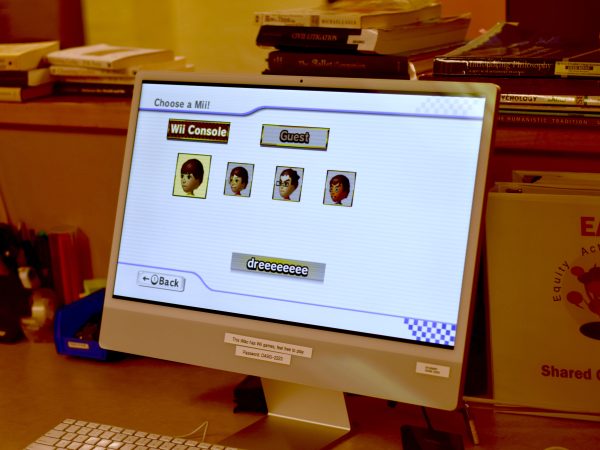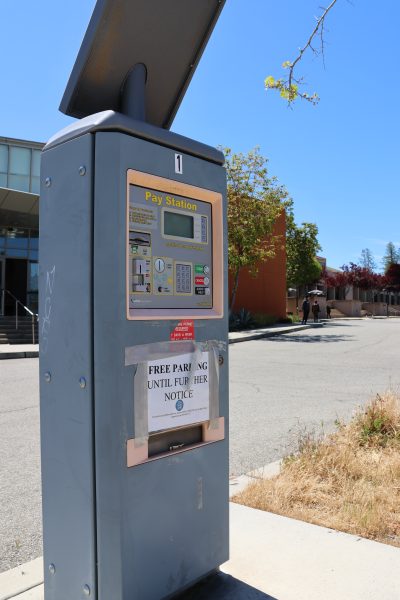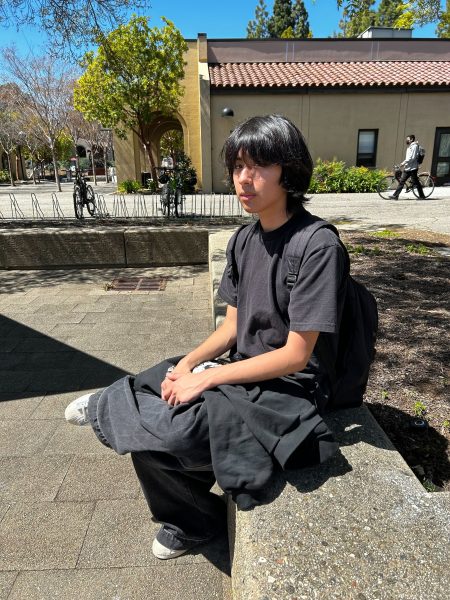Shared governance update: With deadline fast approaching, President Holmes asks College Council to try again
New shared governance model must be voted on by June 2022
May 12, 2022
After a year-long review of De Anza College’s shared governance model brought about the first recommendation of its kind in over 20 years, President Lloyd Holmes has told College Council that he is not ready to adopt their proposal as-is and would like to keep working to improve current conditions instead.
On March 17, the College Council voted to recommend, to Holmes, who has the final say on the matter, a new shared governance model drafted by a task force it commissioned that would eliminate the college’s three separate planning and budget teams (PBTs) in favor of a new Program Allocation Committee (PAC) model.
In this committee, select members from teams would work cross-functionally, alongside other stakeholders, in one consolidated group instead.
While he agrees that there are issues with the current structure, Holmes said that he thinks that the proposed PAC model would create “additional hardships when it comes to working together in a participatory fashion.”
“How do we utilize existing committees to solve some of our communication problems?” Holmes said. “Can they be modified, and would even getting rid of some also solve some of those problems?”
“If we say that we’re getting rid of the PBTs, yet, we’re creating subcommittees that will basically do the same work, are we actually getting rid of them or are we just calling them another name?”
For the leaders of the shared governance task force, which had been researching and designing the new model for over a year, the timing of Holmes’ response is worrisome.
Tim Shively, a task force member and Faculty Association president, said that ideally the college should be implementing a new structure by now instead of still talking about one.
“We tried to meet with senior administration throughout this process and were rebuffed on several occasions,” Shivley said. “Separately, the same questions keep getting raised by the same individuals repeatedly even though we responded to them in private and public meetings.”
Jim Nguyen, another faculty representative on the task force, and political science and Asian American studies professor, has the perspective of chairing and serving on the Instructional PBT dating back to 2016. He also currently sits on Student Services PBT meetings.
Nguyen said that the year-long process of designing the new model has felt adversarial, which he thinks has led to the parties still hashing out key details near the end of their looming deadline.
“The whole time it felt like (senior administration) was signaling that ‘you, [the taskforce], do your process, give it to us, so that we can vote it up or down, and then we’ll take your research and we’ll refashion it in our views and then here it is,’” Nguyen said. “It doesn’t feel like it’s been very collaborative at all.”
On top of an enrollment crisis that is negatively affecting colleges across the state, Foothill-De Anza faculty have also been fighting for better wages, spurring a work-to-contract action that only recently ended after the FA and the district reached a tentative agreement in early May.
Nguyen said that he sees this moment as both a danger and an opportunity for the district.
“I think people are more willing to stand up right now than they have in the past,” Nguyen said. “If things keep going from bad to worse, what we saw in March was just a drop in the bucket.”
“People are voting with their feet, moving to other districts and states just to find better work.”
President Holmes said he shares Nguyen’s concerns about low morale and worries that it will have an impact on the college’s students.
“I think we should listen to each other with an open mind,” Holmes said. “We need to recognize that even though we might be firm in where we stand, we might have to shift a bit. We absolutely do not have to start over.”
There are only two College Council meetings left in which a new shared governance model can be debated and voted on: May 19 and June 9. The College Council will make their recommendations to Holmes, but in the end, it will be his call.




